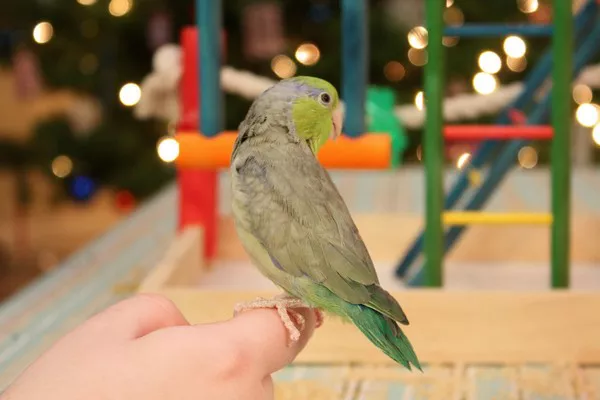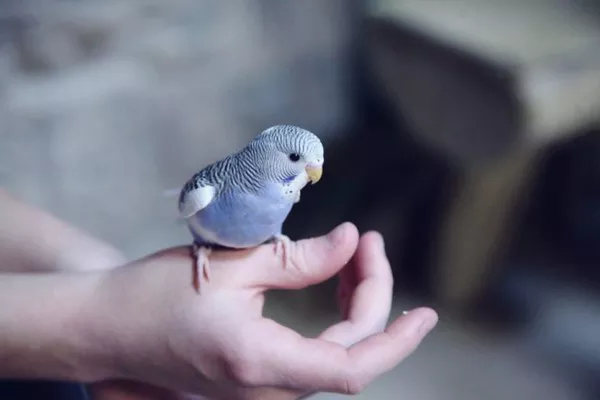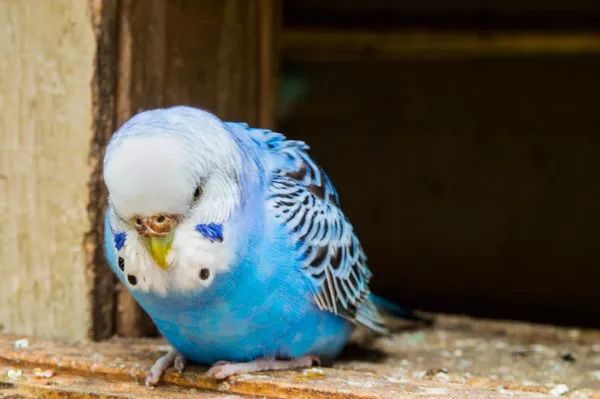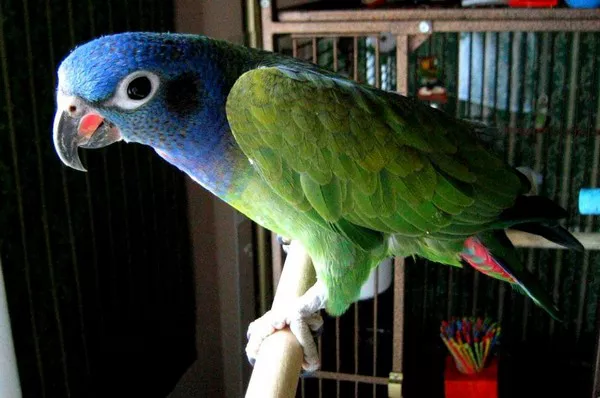The vibrant sun conure, or Aratinga solstitialis, is one of the most striking parrots in the avian world, known for its brilliant plumage and lively personality. Native to South America, the sun conure has become a popular pet due to its colorful appearance and engaging behavior. However, understanding its native habitat is crucial not only for appreciating its beauty but also for ensuring its well-being in captivity. This article delves into the sun conure’s natural habitat, its geographical distribution, and the ecological significance of this species.
Overview of the Sun Conure
The sun conure is a small to medium-sized parrot with a vivid mix of yellow, orange, and green feathers. Its bright coloration is not only visually stunning but also serves a role in communication and social interaction within its native environment. In the wild, these parrots are highly social and live in flocks that can number in the hundreds. Their diet primarily consists of seeds, fruits, and nuts, which they forage for in their natural habitat.
Geographical Distribution
Historical and Current Range
The sun conure’s native range is confined to the northeastern regions of South America. Specifically, they are found in the following countries:
Brazil: The primary range of the sun conure is in the northeastern part of Brazil, particularly in the states of Bahia and Sergipe. The species also extends into parts of Piauí and Pernambuco. This region includes various types of tropical forests and semi-arid regions, which provide the sun conures with a diverse array of resources.
Guyana: Sun conures are also native to Guyana, where they inhabit the tropical rainforest and surrounding areas. The lush vegetation and ample fruiting trees in this region support their diet and social structure.
Venezuela: In Venezuela, sun conures are found in the northern regions, especially in areas that transition from dense forest to more open, semi-arid environments. Their adaptability allows them to thrive in varying conditions within their range.
Habitat Preferences
Sun conures are highly adaptable and can thrive in a variety of habitats within their native range. They are typically found in:
Tropical Rainforests: Dense forests with high humidity and abundant food resources are ideal for sun conures. These areas provide cover and a rich diet of fruits, seeds, and insects.
Semi-Arid Regions: They are also found in more open, semi-arid regions, where they adapt to less dense vegetation and lower rainfall. In these areas, they may rely more on fruits and nuts that are available in the dry season.
Wooded Savannas: Sun conures can inhabit areas where the forest transitions into savanna, taking advantage of both the forest cover and the open spaces for foraging.
Ecological Role and Behavior
Social Structure
In the wild, sun conures are known for their strong social bonds. They form large flocks that engage in complex social interactions. This social structure is essential for their survival, as it helps them find food, defend against predators, and engage in breeding activities.
Feeding Habits
Sun conures are primarily frugivores, meaning that their diet consists mainly of fruits. They also consume seeds, nuts, and occasionally insects. Their feeding habits have significant ecological impacts, as they help in seed dispersal by consuming fruits and spreading seeds across their range.
Breeding and Nesting
Breeding typically occurs during the rainy season when food is more abundant. Sun conures build their nests in tree cavities or in the hollows of large trees. They lay 2-4 eggs per clutch, and both parents participate in incubation and feeding the chicks. This cooperative breeding behavior is crucial for the survival of their young.
See Also: Why Are Sun Conures Endangered?
Conservation Status
Threats
The sun conure is currently listed as Near Threatened by the International Union for Conservation of Nature (IUCN). The primary threats to their population include:
Habitat Loss: Deforestation for agriculture and urban development reduces the available habitat for sun conures. This loss of habitat impacts their food sources and nesting sites.
Pet Trade: The popularity of sun conures in the pet trade has led to illegal trapping and trade. This can reduce wild populations and disrupt their social structures.
Conservation Efforts
Efforts to protect sun conures include habitat conservation projects and regulations on the pet trade. Organizations and local governments are working to preserve critical habitats and ensure sustainable management practices. Additionally, education and awareness campaigns aim to reduce the illegal trapping and trade of wild sun conures.
Sun Conures in Captivity
Adaptation to Pet Life
Sun conures are popular pets due to their colorful appearance and engaging personalities. However, their care in captivity requires an understanding of their natural behaviors and needs. In captivity, they require:
A Spacious Cage: Sun conures are active birds that need ample space to move and play. A large cage with plenty of toys and perches is essential for their physical and mental well-being.
A Balanced Diet: Their diet should mimic their natural feeding habits, including a variety of fruits, vegetables, and high-quality pellets. Avoiding excessive seeds and nuts is important for preventing obesity and nutritional imbalances.
Social Interaction: Given their social nature, sun conures require regular interaction with their human caregivers or other birds to prevent loneliness and behavioral issues.
Breeding in Captivity
Breeding sun conures in captivity can be challenging but rewarding. Breeding pairs need a suitable nesting site, and proper diet and care must be provided to ensure successful breeding and healthy offspring.
Conclusion
The sun conure, with its dazzling plumage and lively demeanor, is a remarkable representative of South America’s avian diversity. Understanding its native range, habitat preferences, and ecological role provides valuable insights into its needs and conservation. By addressing threats, supporting conservation efforts, and promoting responsible pet ownership, we can help ensure a future where sun conures continue to thrive both in the wild and in our homes. Their vibrant presence in the natural world and as companion animals underscores the importance of protecting the rich biodiversity of our planet.
Related Topics:

























